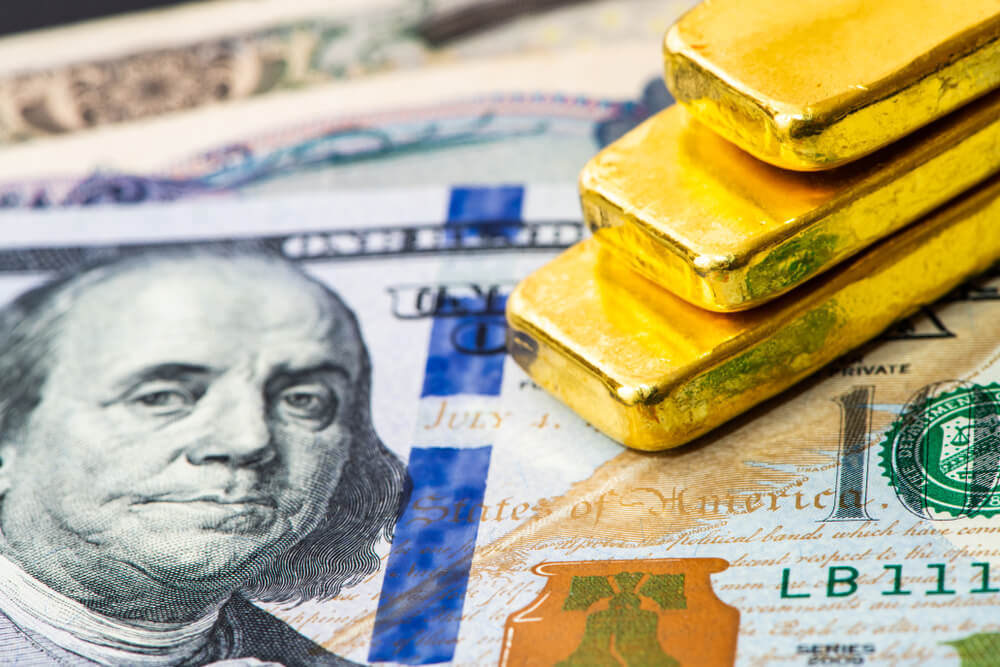The U.S. dollar tumbled down from an almost 16-month high against major peers on Monday. Investors were waiting for new clues about the U.S. economy after making bets on a Federal Reserve interest rate hike on the back of soaring inflation last week. The dollar index declined by 0.13% to 95.012 against the basket of six major currencies. On Friday, the index experienced its biggest weekly gain since August. It skyrocketed by 95.266 for the first time since July 2020.
Traders will also be looking out for any statements coming out of a virtual summit between U.S. President Joe Biden and Chinese leader Xi Jinping. The meeting will begin on Monday evening in Washington time and Tuesday morning in Beijing. Relations between the world’s two largest economies are strained over a range of issues, and this summit may solve some of them.
Moreover, investors are waiting for Tuesday’s retail sales data, which is the main event on the U.S. economic calendar this week. On Friday, a survey showed consumer confidence dropped to a decade low unexpectedly in early November due to high inflation.
What do analysts say?
Ray Attrill, the head of FX strategy at National Australia Bank in Sydney, noted that it would be more important to watch what cashed-up American consumers do rather than what they say, especially considering that sentiment readings differed from actual spending during the summer.
The greenback had fluctuated since Wednesday when new data showed a broad-based surge in U.S. consumer prices last month. Furthermore, that happened at the fastest annual pace since 1990. Market players have some doubts about the agency’s stance that price pressure will be transitory.
Currency markets were pricing a first rate increase by July. There is also a high likelihood of another one by November next year. Westpac strategists stated that the dollar index has already shifted into higher gears after Wednesday’s inflation reading, with President Joe Biden’s infrastructure spending, Federal Reserve’s stimulus tapering, and a tightening labor market also providing a USD-supportive backdrop. They also added that retail sales this week will probably firm, making any declines in the dollar index into the mid-93 level a buying opportunity.
What about the Euro?
The common currency soared by 0.13% to $1.1457 on Monday. Despite that, it remained within sight of the 16-month low of $1.1433 reached on Friday. A drop in the single currency has bolstered gains in the heavily euro-weighted dollar index. It seems the European Central Bank isn’t going to change its highly dovish policy settings in the near future against the backdrop of a slowing economy.
ECB president Christine Lagarde plans to speak before the Committee on Economic and Monetary Affairs of the European Parliament later on Monday.
On Monday, the greenback plummeted down by 0.06% to 113.845 Japanese yen. New data showed today that Japan’s economy shrunk much faster in the third quarter than analysts predicted. It seems supply disruptions hit business spending plans and exports hard.
On the other hand, the British pound soared by 0.18% to $1.34355 on Monday. It continued recovery from this year’s low of $1.3354, reached on Friday.
The Australian dollar also gained 0.18% to $0.743 as better-than-expected Chinese retail sales, and industrial output readings supported the risk-sensitive currency.
How did the EM currencies trade today?
Most emerging market currencies rallied on Monday. Russia’s rouble and South Africa’s rand gained the most after the greenback dropped from its 16-month high.
The rouble surged forward by 1.2%. It had its best day in over three weeks despite declining oil prices. The currency had plunged sharply on Friday due to tensions between Russia and Ukraine that also pushed Russian bonds and stocks lower.
Meanwhile, South Africa’s rand jumped by almost 1%. Traders are waiting for domestic inflation data. In addition, the South African Reserve Bank’s monetary policy meeting is due on Thursday. Analysts expect the SARB to hold its repo rate at 3.50%.
On the other hand, the Turkish Lira extended losses to a fifth consecutive session. It had already breached the psychological level of 10 per greenback on Friday. The Lira hit its lowest level of 10.04 in early trade on Monday.
According to forecasts, the Turkish central bank may cut rates by a further 100 basis points at its next policy meeting on Thursday despite soaring inflation. However, such a move would further pressure its currency.











